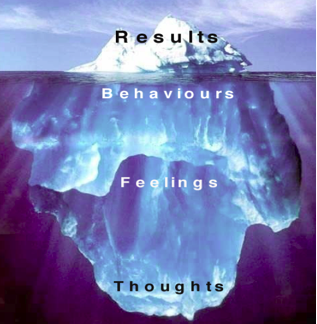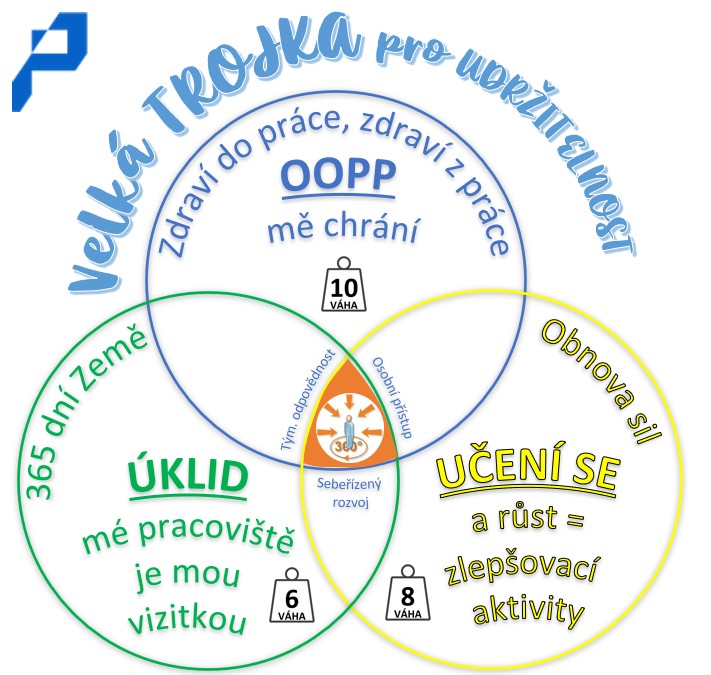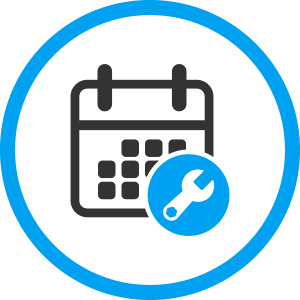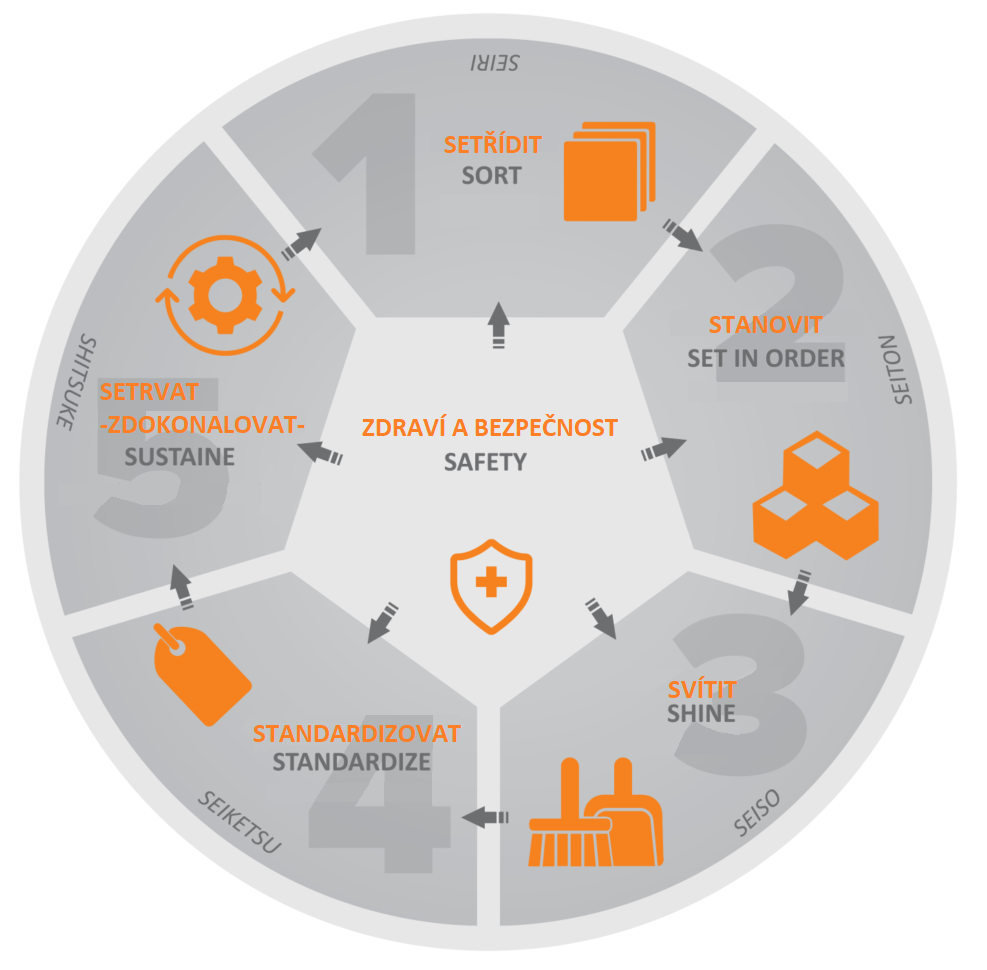Title Page
-
Mng Safety tour (Quite leadership)
-
Done by:
-
Workplace:
-
Date:
Communication ways
-
Communications without obstacles?
Machinery Safety
-
Are covers on its place and functional?
-
Are regular checks / standards on machines carried out properly?
-
Put photos of 2 audited machines (to know the state)
Electrical safety
-
Are flexible distributions without knotting, screeching or making and obstacle in movement?
-
Are portable devices registered and checked?
-
Are switchboards prevented from dust?
Portable hand tools (mechanical)
-
Are hand tools without any damage (handle, striking/contact areas, hammer haft, ...)?
-
Are clear / designated spaces for storing hand tools??
Hazardous substances
-
Are all containers suitably labelled?
Work at height
-
Is there a barrier when difference of levels is > 0.5m?
-
Are ladders & stairs in good condition and checked 1x/3months?
Lifting equipment
-
Is lifting equipment registered and checked?
-
Is lifting equipment in good condition?
Manual handling
-
Are kept all the rules for forklift (safety belt, speed, stability of handled material, ...)?
-
IS a work performed in optimal height (no working on floor, hands above head, ...)?
Warehouses
-
Is material stored in stable condition?
-
Are racks in sound condiotion (no damage) and checked 1x/3months?
PPE
-
Are workers using defined PPE?
Fire Safety
-
Are flammables stores as far from the buildind as practicable (Ideally 10m)
-
Is accessible fire fighting equipment?
-
Are accessible main switches of energy sources?
-
Are sources of ignition out of contact/range of combustible material?
Visual management
-
Are equipment (tools, material, ...) stored on designated places?
-
Is a worklapce clean/tidy?
-
Put a photo of what do you like on audited workplace
-
Night shift check
-
Are closed doors against night noise transmission?
-
Are kept dessignated areas for smoking? - Check other dark places
-
Do people keep working hours (are they present on the workplaces or e.g. smoking instead of working)?
Talks to an employee - Safety requirements - min. 2 employees
-
Focus on employee thinking - key for longterm results, learning and growth. Areas: communication about H&S (controlling vs confidence), behavior and paradigm = mind map (understanding and keeping of rules, procedures), engangement in solution (team working). Ask questions like: How do you feel it? What could be an impact of? What do you need to improve ...? What could you do? How can we use this? See a chapter Safety behaviour.
-
Talk to:
Employee
-
Nme:
-
How long is he/she working in company? (years)
-
Type of talk
-
Topic:
-
Record of talk (what did we learn, what is a deal with an employee, fine, ...)
-
Description / photo of topic:
-
Add media
-
Record of talk (what did we learn, what is a deal with an employee, fine, ...)
-
Focus of talk
- Discipline - employee keep rules
- Discipline - employee not keep rules
- Discipline - employee know the problem but close his/her eyes
-
Thank you and I appreciate you for:
-
If you could change 1 think, what it will be?
-
What should be the impact of this on you and whole company?
-
What is he/she not keep? (PPE, procedures, inappropriate behaviour)
-
What are you doing and how is it set (rule, procedure ...)?
-
How you are doing it then? (Look at his/her reaction)
-
What could happen and what should be the impact of this on you and whole company??
-
What do you need to keep rules, do it right?
-
How can you use todays experience for your future? (Possible to make a deal you can talk about it at next time - if something has changed)
-
What is he/she "doesn´t see" (Somebody next to him/he don´t use PPE, material out of place, leakages, ...)
-
How long is it in this condition?
-
What is the impact on you and company?
-
What will you do to change it?
-
How would you proceed next time?
-
Personal feeling of an auditor
-
Signature










